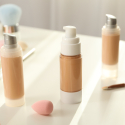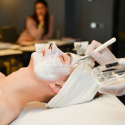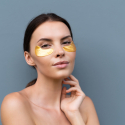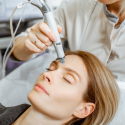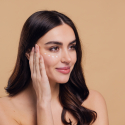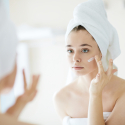Selecting the Perfect Blush for Your Face: A Comprehensive Guide
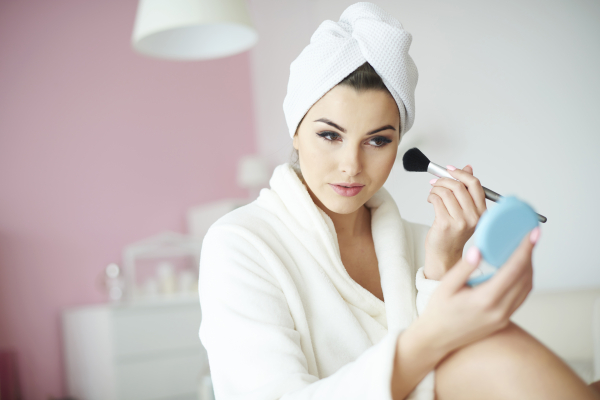 Blush is a crucial component of any makeup routine, adding a healthy glow and dimension to your face. However, finding the right shade and type can be a daunting task. This guide will provide you with the knowledge you need to choose the perfect blush that complements your skin tone and face shape, ensuring a radiant and natural look.
Blush is a crucial component of any makeup routine, adding a healthy glow and dimension to your face. However, finding the right shade and type can be a daunting task. This guide will provide you with the knowledge you need to choose the perfect blush that complements your skin tone and face shape, ensuring a radiant and natural look.1. Understanding Skin Tone and Undertone
Before selecting a blush, it's essential to understand your skin's undertone. This will help you choose a shade that enhances your natural complexion rather than clashing with it.
Identifying Your Undertone
Warm Undertones: Skin with yellow, golden, or peachy hues. Best complemented by warm blush shades like coral, peach, and warm pinks.
Cool Undertones: Skin with blue, pink, or red hues. Cooler blush shades like berry, mauve, and cool pinks are ideal.
Neutral Undertones: A balance of warm and cool hues. Most blush shades will complement this skin type, but neutral pinks and soft peaches are particularly flattering.
2. Choosing the Right Shade
The right blush shade should mimic the natural flush of your cheeks. This section will help you match blush colors to different skin tones for a harmonious look.
Fair Skin
For fair skin, light pinks, peaches, and soft corals work best. These shades add a subtle, natural flush without overwhelming the complexion.
Medium Skin
Medium skin tones can pull off a wider range of colors, including rose, apricot, and deeper peach shades. These colors add warmth and vibrancy to the skin.
Dark Skin
Rich, deep colors like berry, plum, and bright tangerine are stunning on darker skin tones. These shades provide a striking pop of color that stands out beautifully.
3. Selecting the Best Formula
Blush comes in various formulations, each with its own benefits. Choosing the right one depends on your skin type and desired finish.
Powder Blush
Ideal for oily and combination skin, powder blushes offer a matte or satin finish and are easy to blend. They are perfect for a natural, everyday look.
Cream Blush
Cream blushes are best for dry and mature skin as they provide a dewy finish and hydrate the skin. They offer a more intense color payoff and can be easily blended with fingers or a brush.
Gel and Liquid Blush
These formulations are great for all skin types, offering a sheer, natural finish that can be built up for more intensity. They are perfect for a no-makeup makeup look.
4. Application Techniques
Proper application is key to achieving a flawless blush look. This section covers various techniques to ensure your blush enhances your features.
Finding the Right Tools
Brushes: A fluffy, angled brush is ideal for powder blush, providing a soft, diffused application. For cream blush, use a dense synthetic brush or your fingers for a seamless blend.
Sponges: A damp makeup sponge is excellent for applying gel or liquid blush, giving a sheer, natural finish.
Applying Blush According to Face Shape
Round Face: Apply blush slightly below the apples of the cheeks and blend towards the temples to create an elongated effect.
Oval Face: Focus on the apples of the cheeks and blend outwards towards the hairline for a balanced look.
Square Face: Apply blush on the apples of the cheeks and blend in a circular motion to soften angular features.
Heart-Shaped Face: Apply blush just below the apples of the cheeks and blend towards the temples to balance a wider forehead.
5. Seasonal Adjustments
Your skin tone can change with the seasons, so it's essential to adjust your blush accordingly.
Summer
In summer, opt for brighter, more vibrant shades to complement your sun-kissed skin. Coral, bright pinks, and tangerine are excellent choices.
Winter
During the winter months, your skin may appear lighter and cooler. Soft pinks, mauves, and deep berry shades are ideal for adding warmth and color to your complexion.

